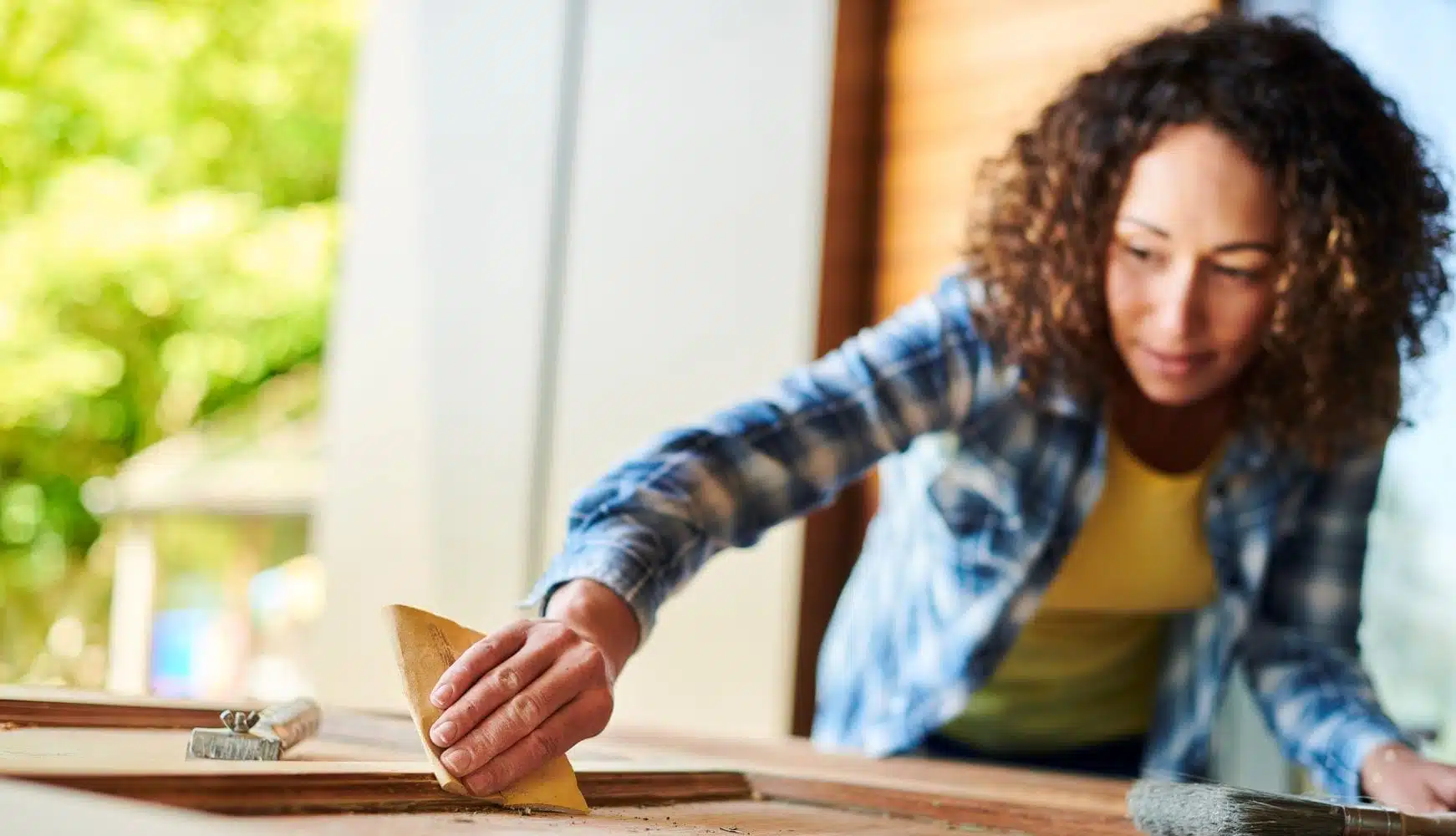
7 Things You Should Know Before Doing DIY Home Improvements During Coronavirus
Remodeling and Renovation Tips
You may know this feeling. It’s a few weeks into the COVID-19 lockdown and all you see each time you walk into the kitchen for more snacks is the tired oak cabinets, frayed linoleum, and cranberry color scheme that was so popular in the 1980s. With nothing but time on the agenda, the urge to start a DIY home improvement project takes hold and won’t let go.
But wait.
Before charging into what could inevitably turn into a significant home improvement venture, stop and think it through. Tearing out the kitchen for a major upgrade on a whim could have disastrous consequences. Where will you put everything? How long will the family be able to tolerate the inconvenience? Is this the right time to spend the money? There are plenty of things to consider, so take a breath and consider these seven things most impulse DIYers wish they’d done before jumping into a big home improvement project.
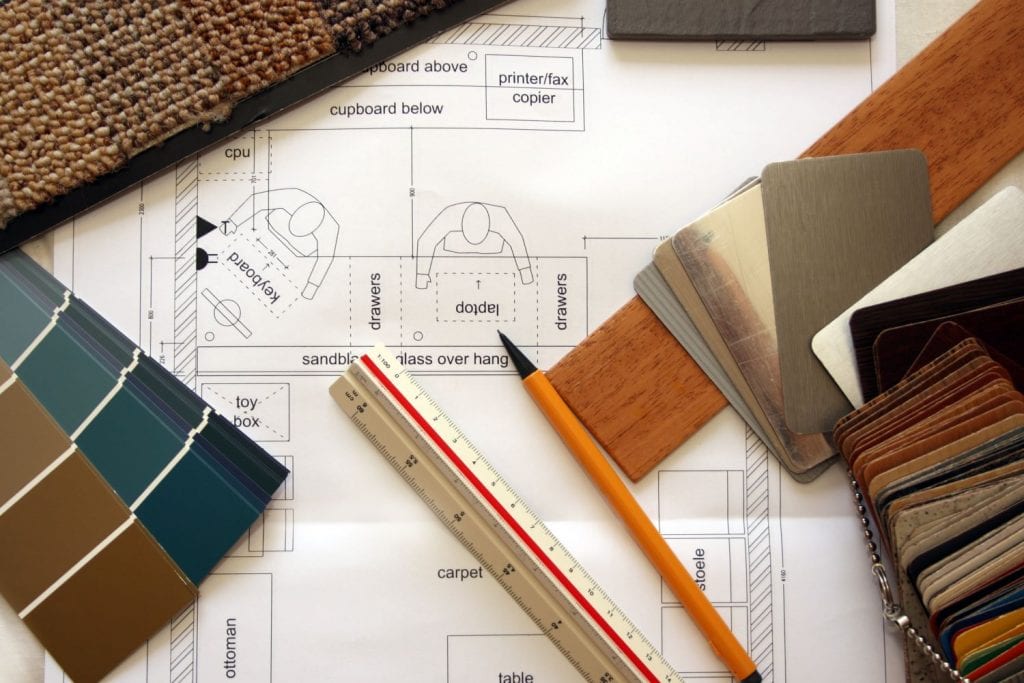
1. Make A Plan First
Whether it’s something as seemingly simple as replacing shelving or putting in a new faucet -- or a bigger project like a bathroom remodel or kitchen redesign -- you’ll thank yourself later if you resist the urge to dive right in. That can be a challenge when you’re stuck at home and itching for something productive to do -- a meaningful project to focus on instead of watching 24-hour news or scrolling your social media feed. Judging from the packed parking lots at Lowe’s and other home improvement stores across the country, you’re not the only one. But with stay-at-home orders in effect in most states, it’s important to put your plan in writing -- with a list of everything you need -- to avoid unnecessary trips to the store (more on that later).
When making your plan, accomplished DIYer Pete Wayner advises arranging it into sequential steps by first thinking about the final project and then working backwards, noting which tasks need to be done in what order. No detail, he says, is too small to take into account.
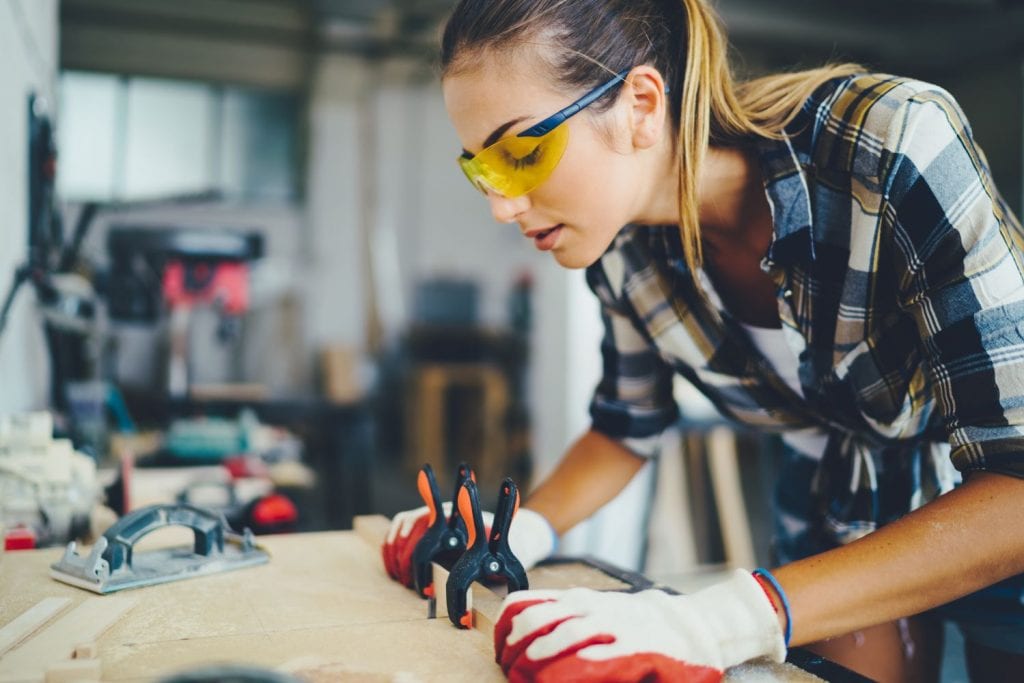
2. Put safety first
This is no time to burden emergency rooms during the coronavirus pandemic, so make sure you put a priority on preventing accidents and injuries. Situational awareness – paying attention to your surroundings as well as what you’re doing -- is just as important as knowing how to hammer a nail or splice a wire, so stay focused on safety throughout the project. You don’t want to add to the load on healthcare workers, a possibility the Yale School of Medicine urges home improvement DIYers to think about before starting a project. Here are a few safety points to consider:
- Will you need protective gear? If the project involves demolition or work that will stir up dust or hazardous materials, you’ll need to have the right face masks, eye protection, and gloves to get through the project. Finding masks can be a challenge right now, given the nationwide shortage. While there are homemade options, they may not be up to the task of protecting against harmful fumes or particles.
- Is your work area well lit and ventilated? You may need to wear a head lamp, set up fans, open windows, or step outside for fresh air.
- Are you staying hydrated and avoiding overexertion? Drink plenty of water and plan frequent breaks.
- Will you need to shut off the electricity or water? If so, you’ll want to plan it for a time that won’t inconvenience other family members.
- Is your work area secured? You may need to restrict access to make sure pets and kiddos stay safe, away from sharp blades, hazardous materials, and ladders.
- Do you have a cleanup plan? When the project is finished, be sure to thoroughly vacuum the house and change the air filter.
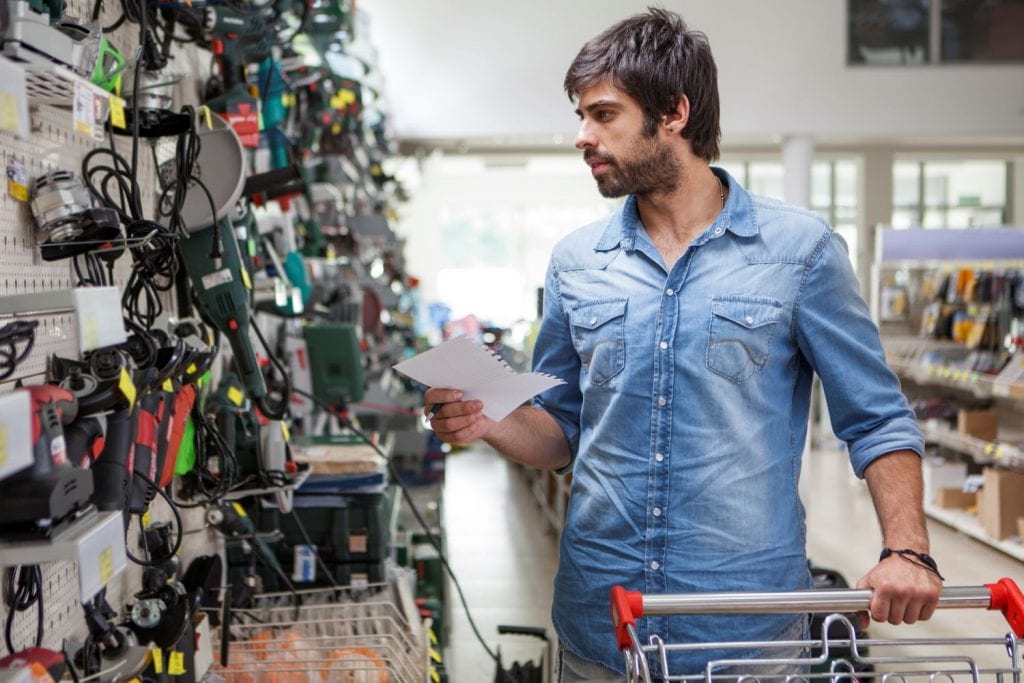
3. Know What You Need Before Leaving The House
Make sure your plan includes a list of all tools, equipment, and materials needed for each step of the project.
- Do a little research. There are plenty of online videos and DIY resources for help making your list.
- Check your tools. Locate what you need to avoid a last-minute hunt. Plug your power tools in and turn them on to check that they’re working. If you don’t have something, you’ll want to be sure the local hardware store has it and how much it costs.
- Follow stay-at-home orders. Before heading out, make sure you’re abiding by local and state orders designed to slow the spread of coronavirus.
- Look up store hours and rules. Be aware that while hardware and home improvement stores may remain open, most have adjusted operating hours and are abiding by social distancing guidance. That means only allowing a certain number of shoppers inside at a time, and asking them to stay at least six feet away from each other. Consider wearing a face mask and gloves or bringing hand sanitizer with you.
- Consider delivery options. Check the store’s website or call to determine if you really need to go. Can you order what you need online and have it shipped? Some businesses are offering free delivery, so look for that.
4. Estimate how long it will take and how much it will cost
Wow, this sounds pretty basic, right? But it’s surprising how many DIYers skip this step.
- Be realistic. Keep in mind that home improvement projects usually take longer than you think. Sometimes a lot longer. Especially if you jump in without a plan or don’t take time to thoroughly research the task. Knowing how much time each step will take will help you know if you need to break it down into more manageable pieces.
- Estimate the total cost of the project. You don’t want to start and then run into unforeseen issues that suck up cash you don’t have to spare. Some pros suggest tacking on an extra 20% to your budget, just in case. The HomeAdvisor website also offers a handy guide for pinning down the true cost of a variety of projects, like building a deck, renovating the basement, or installing new flooring.
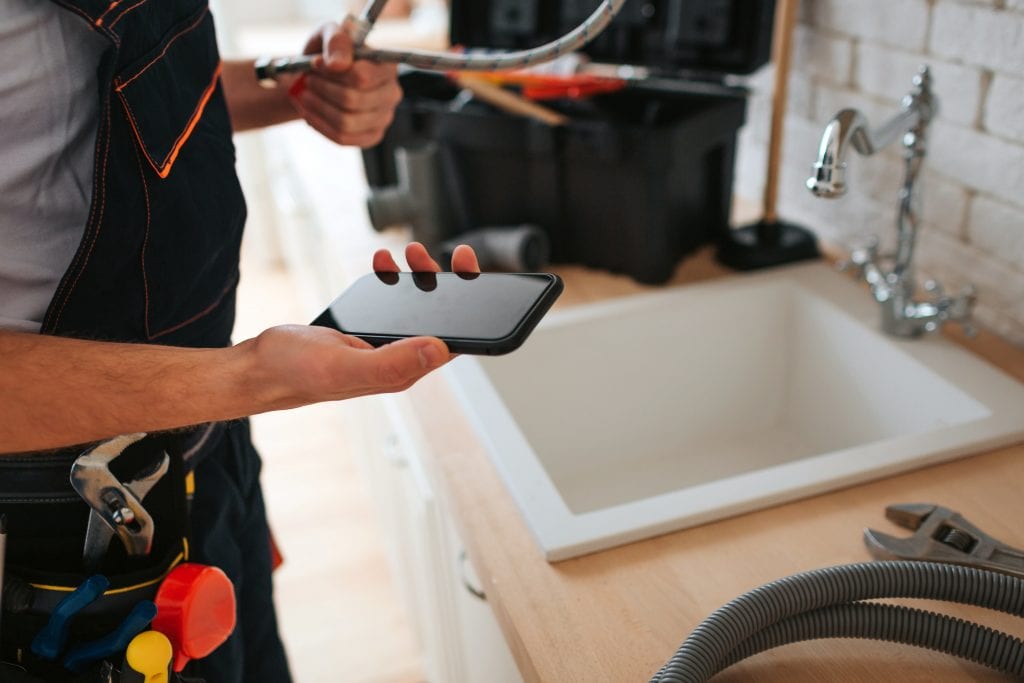
5. Phone a Friend
Don’t be too proud to ask for help. Sometimes you just need an extra pair of hands. Here are some potential avenues for assistance:
- Family members can be helpful -- when you respect their time. Give them a heads-up when you need them on standby so you don’t interrupt while they’re busy and cause tempers to flare.
- Can the kids help? Involving children in age-appropriate tasks not only wards off boredom and keeps them out of trouble, but can plant a seed for DIY confidence as an adult.
- Tap your network. It’s a good idea to let a friend or two know what you’re up to. They may be able to offer advice, or even lend a hand via Facetime or video conferencing.
- Be prepared to call a pro. If plumbers or electricians are required for part of your project, make sure you have some names and numbers handy. While these types of professionals are considered essential services during the coronavirus restrictions, it’s a good idea to call before you get started to check on availability and rates.
6. Clear the Way and Protect Belongings
Many home projects require clearing an area and storing things away before getting started. Even with something small like replacing pantry shelves, you don’t want to end up with a stockpile of canned goods on your dining room table for weeks.
For major projects like kitchen remodels, new flooring, or anything involving demolition, you’ll need somewhere to store furniture, appliances, and other belongings to avoid damage and keep the work area safe and clear. If another room or garage isn’t available or practical, having a portable storage container delivered to your driveway is an easy way to protect your stuff while keeping it close by.
7. Think Again
Ask yourself if you really want to do this now. Would it be better to focus on planning and decluttering first, and then schedule the work for a better time? Don’t be afraid to change your mind. There’s no shame in admitting you might be biting off more than you can chew, or that you don’t feel safe venturing into unknown territory. The last thing you want to do in these uncertain times is risk hurting yourself, damaging your home, or wasting money.
Consider starting with something small, like repainting the molding or giving the tub a new caulking. Even small projects can yield major results.
Whether the home improvement goal is large or small, thinking it through before you start can not only reduce stress, it can help you enjoy the process – and feel the satisfaction -- of getting more projects done.
Lorie Jewell is a freelance writer and frequent DIYer who admits she needs this advice more than most.
Related Articles
Comments
Leave a Comment
Your email address will not be published. Required fields are marked *
